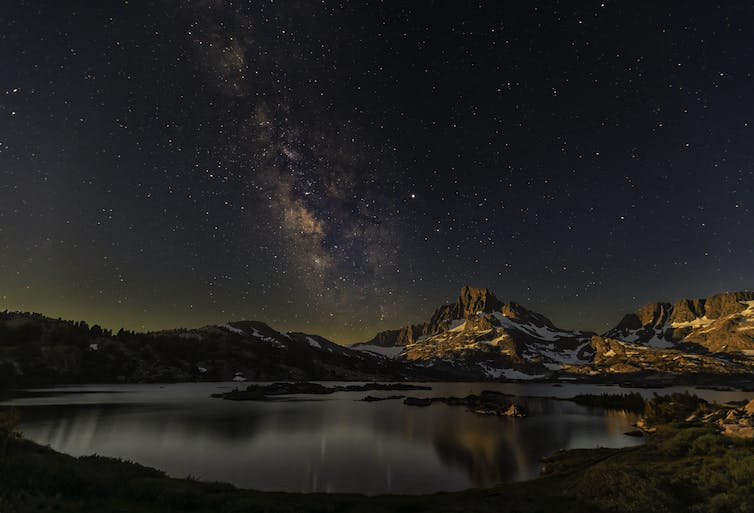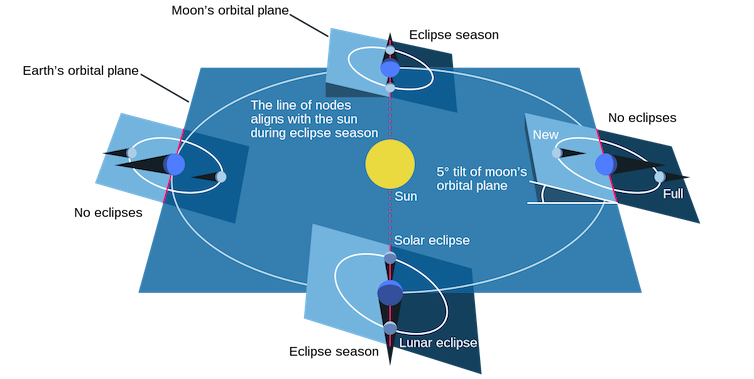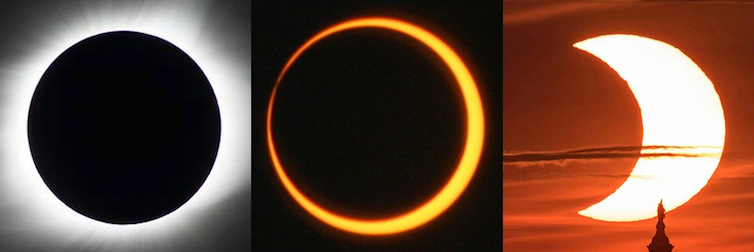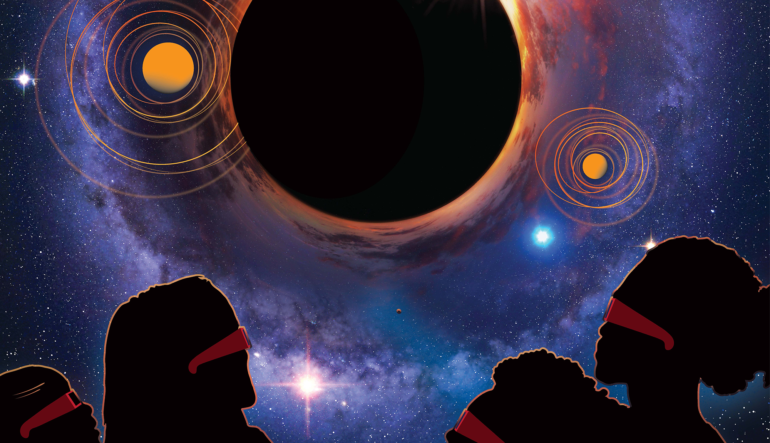For years, small groups of astronomy enthusiasts have traveled the globe chasing the rare solar eclipse. They have embarked on cruises to the middle of the ocean, taken flights into the eclipse’s path and even traveled to Antarctica. In August 2017, millions across the U.S. witnessed a total solar eclipse visible from Oregon to South Carolina, with a partial eclipse visible to the rest of the continental U.S.
The interest in astronomical events that this eclipse sparked will likely return with two eclipses visible in the U.S. during the next year – the annular solar eclipse on Oct. 14, 2023, and the total eclipse on April 8, 2024. But astro-tourism – traveling to national parks, observatories or other natural, dark-sky locations to view astronomical events – isn’t limited just to chasing eclipses.
According to a recent study, 80% of Americans and one-third of the planet’s population can no longer see the Milky Way from their homes because of light pollution. As a consequence, most people have to travel to witness meteor showers and other common astronomical events.
I am a space scientist with a passion for teaching physics and astronomy and photographing the night sky. Every summer I spend several nights backpacking in the Sierra Nevada mountains of California, where the skies are sufficiently dark to allow the Milky Way to be seen with the naked eye. My son and I also like to take road trips – often along U.S. 395, the Eastern Sierra Scenic Byway – that coincide with eclipses and meteor showers.

Natural locations, removed from city light, can be great places for astro-tourism.
Vahe Peroomian
Can’t miss astronomical events
There are two types of eclipses. Lunar eclipses occur when the full moon passes through Earth’s shadow. Solar eclipses occur when the new moon briefly blocks the Sun.

Eclipses may occur one after another if the Moon’s nodes align with the Sun.
Nela (nyabla.net)/Wikimedia Commons, CC BY-SA
There are three types of solar eclipses. During a total eclipse, the Moon completely covers the Sun, with totality, or the time during which the Sun is completely eclipsed, lasting as long as seven minutes. During totality, those in the path of the eclipse will see the Sun’s corona, or its outer atmosphere, behind the Moon’s silhouette.
The Moon’s orbit around the Earth is an ellipse, so the Moon can appear to be 15% smaller when it’s at its farthest point from Earth, its apogee, compared with its size when it is at its closest point to Earth, its perigee. An annular eclipse occurs when the Moon doesn’t cover the entire disk of the Sun, leaving a ring of sunlight around the Moon.
Finally, a partial eclipse occurs when the Moon blocks only a part of the Sun’s disk, as the name implies.




